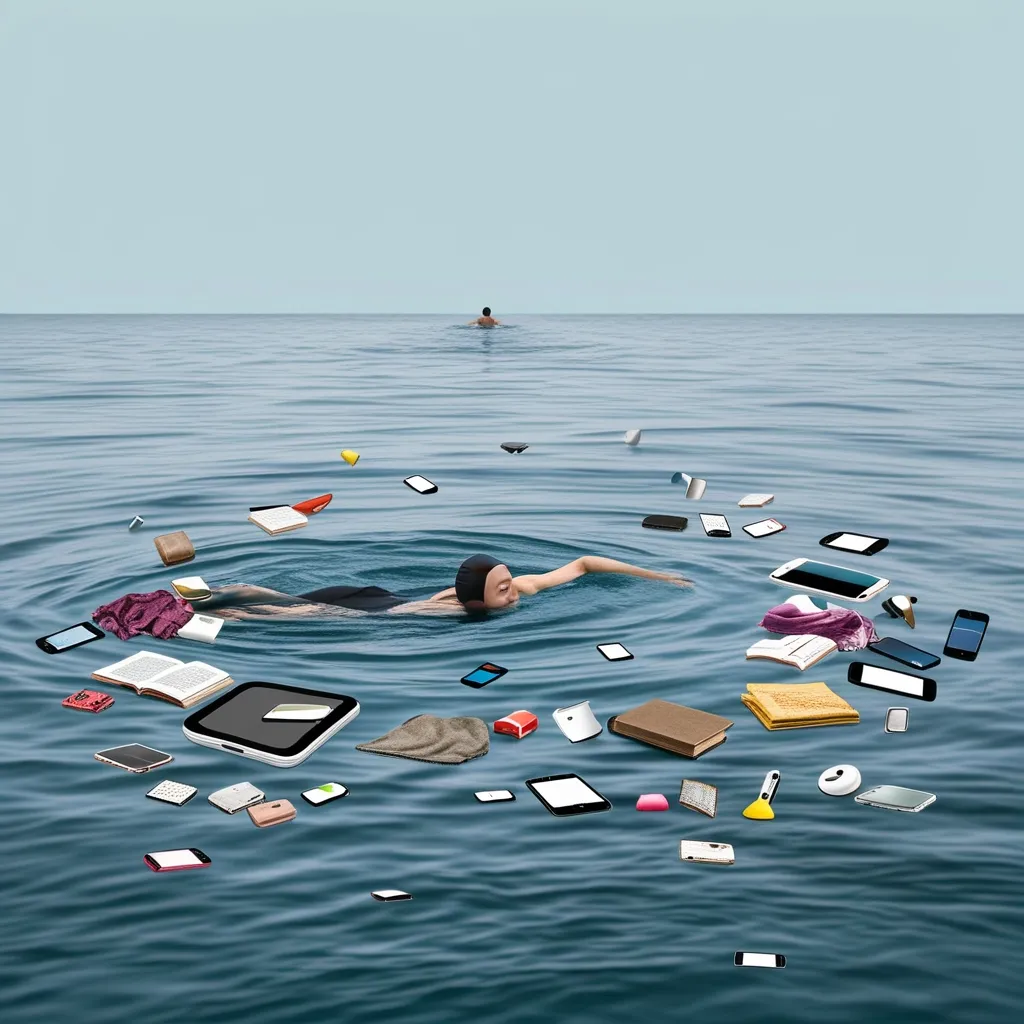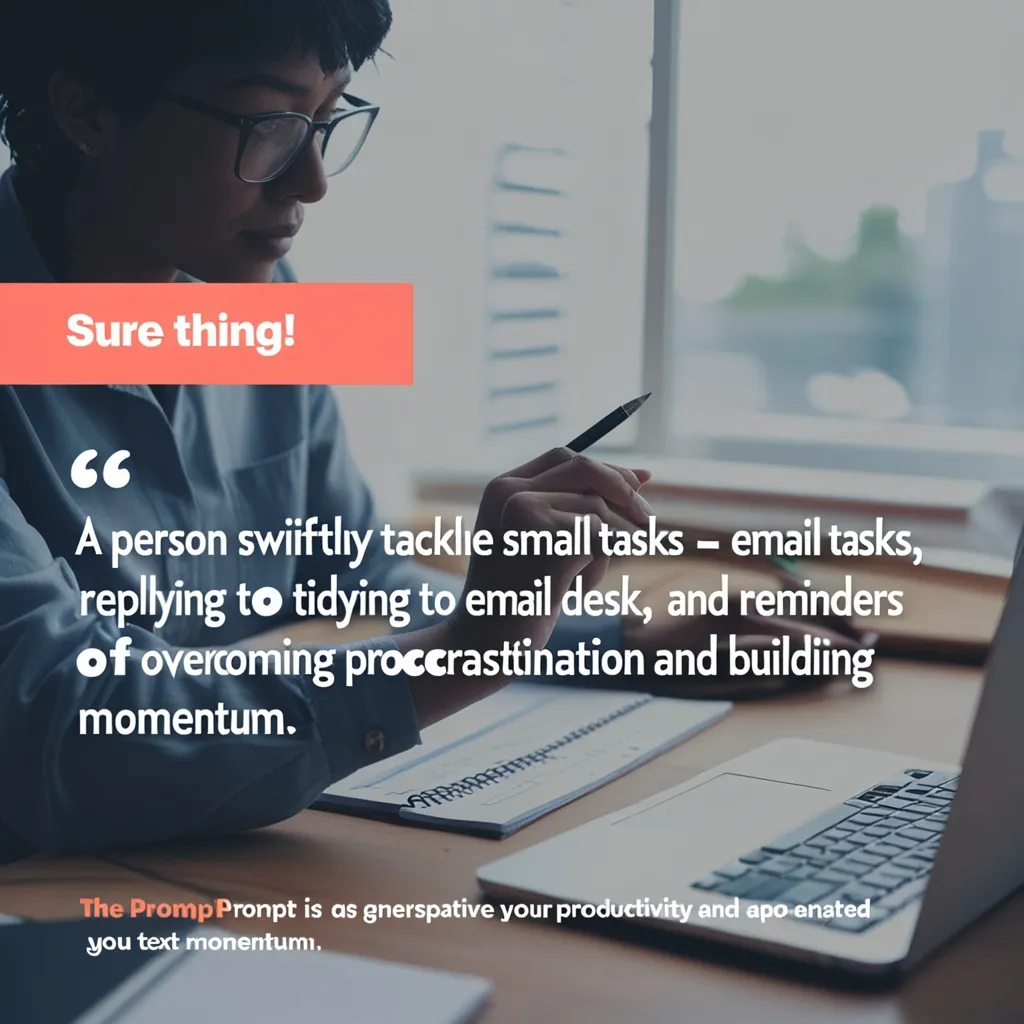Ever feel like you’re constantly playing catch-up, running from one task to the next with barely time to breathe? Yeah, we’ve all been there. In today’s hyper-fast world, it’s easy to get overwhelmed by everything on the to-do list. One killer technique that can help you dodge that constant chaos is incorporating buffer time into your daily routine. It sounds all techy, but it’s just about adding some “cushion” time between your tasks. Trust me, this small tweak can make a huge difference in how you manage your day and keep your stress levels in check.
What’s Buffer Time, Anyway?
Let’s break it down. Buffer time is that intentional slice of extra time you allocate between your meetings, tasks, or appointments. It’s like having a breather without rushing to the next item on your list. Instead of cramming your schedule back-to-back, this little cushion lets you transition smoothly and take a minute to regroup. Whether it’s to review important info, decompress, or play catch-up, buffer time helps make everything feel less frantic.
Why Bother with Buffer Time?
The benefits are straight-up awesome. Imagine never having to stress about running late or missing deadlines due to unexpected hold-ups. By building in buffer time, you avoid that annoying feeling of being stretched too thin. This little hack maintains your focus and work quality since you’re not constantly switching gears. It’s perfect for dealing with those “whoops” moments and unexpected interruptions. Plus, it gives you enough time to finish up tasks, catch your breath, and prep for what’s next without feeling rushed.
Chill Out and Avoid Burnout
We all know burnout is real. Buffer time can act like a safety net, saving you from that dreaded crash. Think of it as vital downtime to take a brain break, finish up lingering projects, or dive into some relaxation techniques. Scheduling these moments of pause lets you recharge, so you can return to tasks with renewed energy. This extra care for yourself boosts not just your performance but also your overall well-being, striking that sweet balance between work and life.
How to Get Started
To start incorporating buffer time, all it takes is a quick look at your daily grind to pinpoint where it’ll be most useful. Usually, it’s the transitions between meetings or complex tasks that might overrun. As a rule of thumb, tack on about 10-15% more time than you think a task will need. If you’ve got a one-hour meeting, for instance, plan for an extra 6-9 minutes to cover minor delays.
Making It Practical
Buffer time isn’t just for the 9-to-5 world. In a work setting, it helps you catch up on notes, prep for your next meeting, or simply chill for a bit, leading to more effective and less hurried interactions. But it’s equally beneficial for personal productivity. Adding buffer time between errands or household chores can keep your day from becoming a non-stop race, leaving room for rest and handling unexpected tasks.
Real-Life Wins
Take Jane, a busy project manager. She started adding 15 minutes of buffer time before and after meetings and found her stress levels dropping and productivity soaring. The buffer gave her a chance to collect her thoughts, review materials, and tie up loose ends, leaving her feeling more in control and fully engaged in meetings. Mark, a software engineer, faced frequent urgent issues. He started blocking two 30-minute buffer slots daily, allowing him to address emergencies without derailing his day. This small change kept him focused and reduced the impact of those last-minute fire drills on his productivity.
Tech to the Rescue
Don’t struggle solo; let tech lend a hand. Many scheduling apps now have buffer time features baked right in. Customize your settings to add buffer time before or after meetings. For instance, tools like Motion let you set your booking preferences, group meetings, and cap the number of meetings to maintain valuable uninterrupted time. These tools even give you a nudge when you’re overscheduled, helping you fine-tune your buffer time.
Mindfully Using Buffer Time
Using buffer time wisely is key. Resist the urge to fill it with non-essentials. Instead, focus on activities that support your well-being, like taking short walks, practicing deep breathing, or reviewing your to-do list. This approach ensures you’re extracting the maximum benefits from your buffer time, boosting productivity without sacrificing quality.
Letting Others In on Your Plan
Sharing your buffer time strategy with colleagues and clients helps smooth the path. Explain its purpose and benefits to get everyone on board. This reduces interruptions and makes sure your buffer time stays protected. Treat it as a non-negotiable appointment with yourself, worth defending against encroachment.
Keep It Flexible
While buffer time is essential, it needs to be flexible. Life is unpredictable, and rigid schedules don’t always match reality. Be willing to adjust your buffer time to tackle unforeseen situations or urgent tasks. Regularly review how your buffer time is working to find areas for improvement and tweak as needed.
Overcoming the Initial Hurdles
One common hang-up is thinking buffer time reduces your productive hours. But it’s not about the number of tasks you tick off; it’s about the quality of your work and your overall well-being. Shifting your mindset to appreciate how buffer time prevents burnout and boosts efficiency is crucial to overcoming this challenge.
Wrapping It Up
Adding buffer time to your schedule is a smart move to handle life’s unpredictability. It works wonders for reducing stress and ramping up productivity by giving you extra time around tasks and appointments. This balanced approach enhances both your professional and personal life. So, go on, take that first step today—start scheduling buffer time and watch as it transforms how you work and live.






